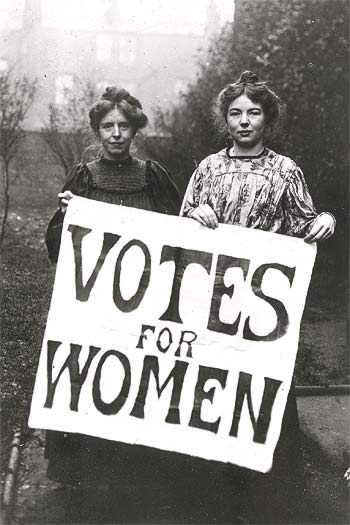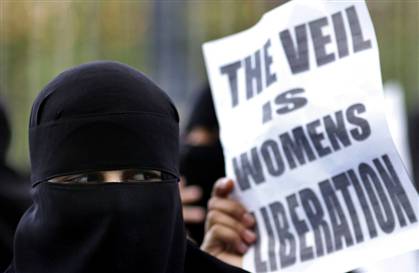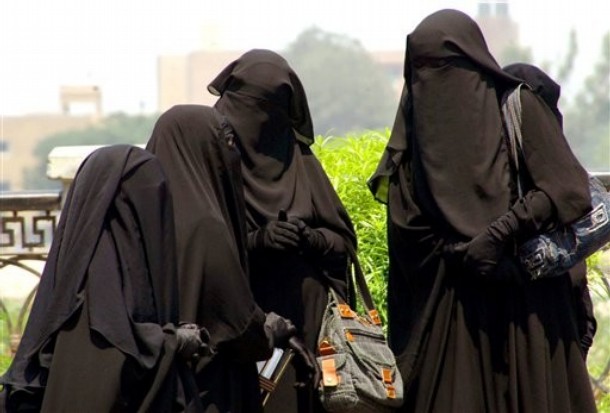There can be little doubt itself that the culture of contemporary India is rigidly puritanical and characterized by a very conventional morality; one could even plausibly argue that modern India is probably more uptight than the English Victorians at fin de siècle who preceded them ever were. This is amply demonstrated by the well-known controversy in the spring of 2007 over Richard Gere kissing Bollywood actress Shilpa Shetty in public. Alas, one need only be reminded of the fact that public kissing is still a criminal offense, punishable on summary conviction, throughout the length and breadth of the Indian subcontinent in order to accurately gauge the depth of Indian puritanism. Moreover, India has some of the highest rates of HIV infection in the world; much of the civic opposition to the free and unrestricted teaching of those health issues surrounding human sexuality is most certainly to blame for such a pandemic. The rapid spread of the AIDS virus and other STDs within the local population demographic, now surpassing rates of HIV infection in other parts of the globe, is also facilitated by public pressure to ban sex education in schools and to place a moratorium on the open sale of effective prophylactic devices. It is this aforementioned undertaking of a reactionary Hindu public which, in and of itself, constitutes a continuing reflection of the taboo placed on certain discursive practices enveloping the subject of human sexuality within the fabric of Indian life and culture.
As a preliminary remark, it must be said that it would be a mistake to assume that any patriarchal society whose basic marital institutions are founded on polygamy and servile concubinage are necessarily repressive or rigidly conformist. As a matter of fact, the connection between modern liberalism, social welfare economics and the old-fashioned values of the Calvinist work ethic is much stronger than any of the linkages between patriarchy and social traditionalism. All liberal utopias produce bastions of rigid social conservatism; it is these new orders of “right” thinking that eventually come to dictate the kinds of socio-political discourse that ultimately helps define the individual as a social subjectivity in relation to the spatio-historical conjuncture he finds himself in at any given moment of continuous homogeneous time. After all, the conceptualization of the New Man and Woman in the utopian vision of Friedrich Engels (from whose pen originally sprang such quaint notions as mother right and matriarchy), especially after the abolition of private property, the dissolution of familial bonds and the equalization of wages across social substrata, are really the New Puritans remade in the image of a secularized Christian Messianism.
Only a civilization that remains male-dominated, staying close to its patriarchal origins could produce a society capable of celebrating the sensuality of the body in a new poetry of eroticism. Such an example would be the culture of classical India. Before the Muslim and especially British invaders, it was strongly characterized by a kind of sexual liberalism without precedent in the culture of Western Europe in general, and Protestant Anglo-Saxon civilization in particular. The India of the pre-Gupta period was an alien world in comparison to the British India of the Victorians. Virginity was not particularly revered and celibacy was never regarded as any sort of necessary virtue. Many ancient temples and monuments, such as the Khajuraho monuments of Madhya Pradesh, are decorated in explicit sexual imagery. Although Hindu sexual liberality helped shield such actions as sexual assault and child abuse from the daily gaze of others, it otherwise allowed people considerable personal autonomy in the expression of individual sexualities, without the daily threat of persecution, within the privacy of their own homes.
In medieval Hindu culture, the sacred whores, or “deva-dasi”, who had dedicated their lives to the service of the local god, were worshipped as goddesses; they were seen by many Vedic thinkers as the purest incarnation of true womanhood. With the exception of those men of the Brahmin caste, there was virtually no stigma attached to a man who chose to be serviced exclusively by whores. Much of the sculpture and art, as well as many of the song and dance rituals of the period, were characterized by an explicit eroticism that in many respects, still shocks many today. When the English began colonizing India at the end of the eighteenth century, many were shocked, even outraged, by what they saw as the pervasive sensuality of much Indian culture. The blatant display of so much eroticism, not only deeply offended the sensibilities of the British Raj, but was seen as a reflection of that wanton excess so often associated with pure barbarism as understood by the Victorian imagination. To the English Tories of the day, although slightly tempered in their remarks by those Orientalists who recognized India as a great civilization, sexual repression was the chief mark of civilization and “progress.” As a faithful compendium of the sort of British attitudes towards Indian sexuality as they existed in 1817, James Mill writes in his “History of British India”:
It is by no means unnatural for the religion of a rude people to unite opposite qualities, to preach the most harsh austerities, and at the same time to encourage the loosest morality. It may be matter of controversy to what degree the indecent objects employed in the Hindu worship imply depravity of manners; but a religion which subjects to the eyes of its votaries the grossest images of sensual pleasure, and renders even the emblems of generation objects of worship; which ascribes to the supreme God an immense train of obscene acts; which has them engraved on the sacred cars, pourtrayed in the temples, and presented to the people as objects of adoration, which pays worship to the Yoni, and the Lingam, cannot be regarded as favourable to chastity. Nor can it be supposed, when to all these circumstances is added the institution of a number of girls, attached to the temples, whose business is dancing and prostitution, that this is a virtue encouraged by the religion of the Hindus.
The British response to the overt sexuality of so much of the local Indian culture was to stamp out as much of it that it possibly could. Through the direct imperial administration of the Indian subcontinent, the British gradually imposed their own culture and views, especially those of the hypocritical English Victorian morality much in vogue at the time. Thus, the previous ritualistic practices that had gravely shocked the first English colonizers were gradually stigmatized, erased from the consciousness of an entire populace, and substituted with the ideals of modern Western European culture. Much of the Victorian morality of the English was spread by a number of nineteenth century Hindu socio-religious mass movements, such as the Brahmo Samaj and the Prarthana Samaj. Many of these movements ultimately strove for the rapid westernization of India through the embrace of the pivotal ideas of European culture, such as the education of women. Unfortunately, many of these movements also advocated the harsh morality and strict temperance of the English Victorians as integral to the civilizational development of India as a culture. Although women were allowed to freely mix with men in public, an elaborate set of formalized rules and prescribed castigations were developed which determined how men and women were expected to behave around one another. Even Mahatma Ghandi’s voluntary renunciation of his own sexuality through his eventual conversion to the practice of “brahmacharya” in the Hindu faith is a spitting image of the constant tension between Victorian morality and medieval Indian sexual liberality. From the perspective of Ghandi, it seemed as if the union of the self with ultimate reality could only be carried out through the medium of Protestant (especially Calvinist) influenced theology! It is this Puritanism of nineteenth century Anglo-Saxon culture which characterizes, even defines, much of what is seen as ethically normative in the India of today.
Concerning books about the British imposition of Victorian morality over the Indian subcontinent, I did manage to find one of some interest. It is called “Race, Sex and Class under the Raj: Imperial Attitudes and Policies and their Critics, 1793 – 1905.” It was authored by the late Kenneth A. Ballhatchet, a former Professor Emeritus of South Asian history at the University of London. His central thesis is that colonial British attitudes towards Indian sexual behaviour helped preserve those mechanisms of political control already established from the time of the initial colonization. The spread of Victorian morality also helped dissuade against symbolic transgression across racial lines by discouraging miscegenation amongst the British colonizers; by persuading them to seek out wives from amongst the Anglo-Indian class (White Protestants who had been born and raised in India) it prevented them from “going native” by providing a buffer against the unnatural lasciviousness of the heathen and the civilized morality of the “domiciled British.” The rigidification of ethnic boundaries through the systematic encouragement of racial endogamy also helped to further reinforce English control of the Indian subcontinent by placing the native inhabitant in a double bind; if he decided to keep his native practices, he was sharply denounced by the colonial British as a benighted savage in need of enlightened guidance; if he decided to pursue a Western education in the colonial metropole, he was cast in a pejorative light as a clumsy imitator of European culture and sneered at by the English as another “babu.” It was this policy which not only separated the supposedly civilized European from the undifferentiated sensuality of the racially defined “other” by a great chasm, but it also helped perpetuate a disenfranchisement amongst the people by preserving a British hegemony that was ultimately echoed in the Imperial hierarchy of the Raj.












No comments:
Post a Comment